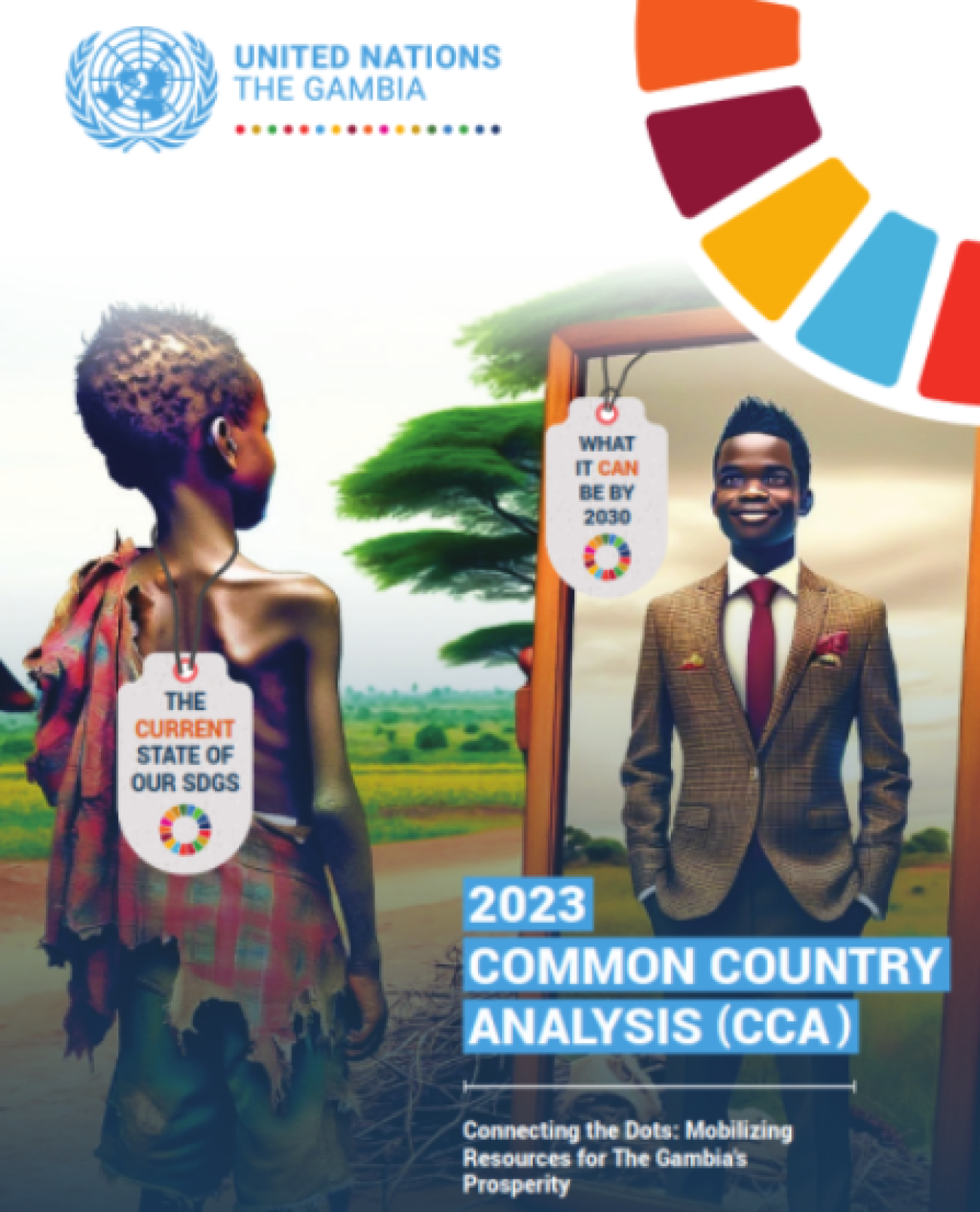Halfway to the 2030 Sustainable Development Goals (SDGs) deadline, the world faces a stark reality: progress is too slow, uneven, and fragmented. At current rates, we will miss our targets by decades. The reason? Persistent siloed approaches that fail to account for the deep interlinkages between the goals.
To accelerate progress, we need a paradigm shift. We must recognise that the challenges we face — poverty, hunger, inequality, climate change — are not isolated issues but interconnected symptoms of a broader systems crisis. Tackling them effectively requires an integrated approach leveraging the SDGs’ synergies.
This is where the UN’s “six transitions” come in. By focusing on transforming six key systems — food, energy, connectivity, education, employment, and the environment — we can catalyse change across all the SDGs, unlocking a cascade of co-benefits.
Imagine the impact of aligning food systems with nutrition needs: we could fight hunger, improve health, boost cognitive development, and increase productivity all at once. Or consider the transformative potential of clean energy: by expanding access to electricity, we could power better education, healthcare, and livelihoods while combating climate change.

Food systems remain the key to sustainable development
But realising these synergies requires more than just good intentions. It demands coordinated action to rewire the very machinery of development. That’s why the UN has committed to four “engine room” strategies to drive the six transitions:
1. Providing integrated policy advice to break down silos and foster coherence across sectors.
2. Developing pipelines of bankable projects to translate ambitious plans into concrete investments.
3. Convening diverse partners to mobilise the finance and expertise needed to take solutions to scale.
4. Strengthening institutional capacities to sustain progress over the long haul.
This may sound complex, but an analogy may help illustrate.
If the SDGs are our collective destination, the six transitions represent the most efficient routes to get there based on the latest evidence and innovations. The engine room actions are how the UN is helping the vehicle navigate those pathways. Like a GPS continuously recalculating the fastest itinerary, integrated policy advice helps steer the best course forward. Bankable projects are the fuel to propel momentum, while mobilised financing represents a smooth, well-paved road. Institutional capacity is like a skilled driver and well-tuned engine to keep the journey on track.
This is the approach the UN in The Gambia is taking.
Take food systems. By developing the nation’s first Food-Based Dietary Guidelines, training farmers in climate-smart practices, and linking them to school feeding programs, the UN has helped farmers like Awa Jallow double yields, diversify diets, and achieve food security.

Strengthening resilience to climate change requires a systems approach
In education, an integrated strategy combining catch-up learning, enrolment drives, and targeted support has helped over 16,000 children gain or regain access to school.

A transformative education system is key to success.
Cross-cutting initiatives on gender equality and youth empowerment dismantle barriers to women’s leadership and livelihoods, unlocking multi-dimensional dividends.

A systems approach to gender equality is key to the six transitions' success
These are promising proof points. But they are still just a start against the scale of the challenges — pervasive poverty, stark inequalities, and accelerating climate impacts. We need to scale up the six transitions quickly to transform trajectories truly.
That will require mobilising action across every sector and at every level. It will require breaking down the silos in our strategies and our mindsets. Above all, it will require a spirit of solidarity and shared resolve.

Mobilising resources for bankable projects is vital
The Gambia shows what is possible when the UN and partners pull together behind an integrated approach. But it is only one piece of a much larger puzzle.
We must make the six transitions a genuinely global endeavour to deliver on the SDGs. We need to rally governments, businesses, civil society, and communities everywhere to the cause of systems change. And we need to do it now.
Time is not on our side. The costs of inaction — human and ecological — rise with each passing day. But if we can muster the collective courage to rise above business as usual, a better future is still within reach.

We are at a crossroads, and time is not on our side
A future where no one goes hungry, and everyone can thrive. Where clean energy powers inclusive progress, and a healthy planet sustains us all. Where every child has the chance to learn, and every person can live with dignity.
This is the promise of the SDGs. The six transitions can help us keep it. But only if we embrace their transformative power and scale them up while we still can.

























